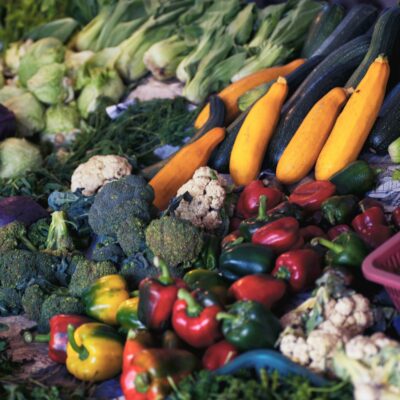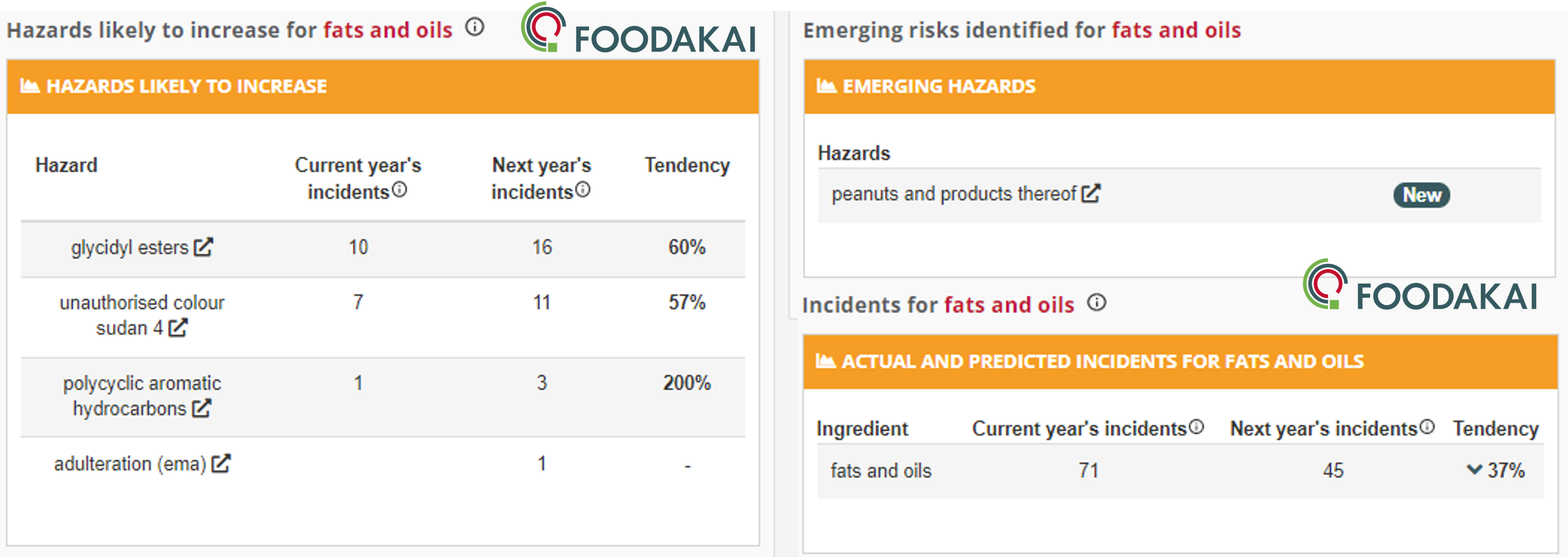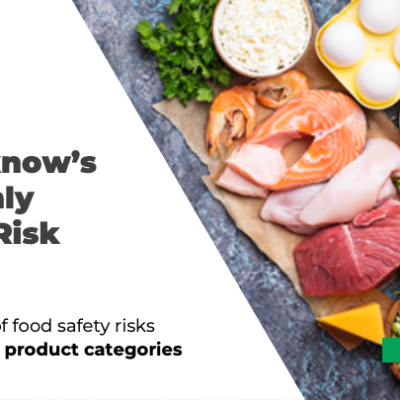
Blowing the whistle on buttered-up fat and oil food fraud

Fat is flavor, or so the adage in food circles goes. If you want to achieve big taste and get mouths salivating, there is no easier ingredient to incorporate than fat or oil. From a simple smear of salted butter on toast to the integral addition of Mediterranean olive oil to a salad, a healthy (or not-so-healthy) fat is just as important to taste as it is to meal preparation. Imagine a world without oil for frying, or industrial quantities of butter that prop up bakeries and patisseries!
2021 has again been a record year for food safety incidents related to fats and oils and those in the industry know that with the continuation of the pandemic, supply chains and procurement remain perennially fragile. Soon we will know if 2021 will have been the third year in a row in which olive oil was the most notified category in the European Commission’s Administrative Assistance and Cooperation system — Food Fraud (AAC-FF). Data from our food safety intelligence platform of FOODAKAI already points to 57 incidents this year compared to 66 last year.
The June issue of Food Control featured an article entitled “Emerging trends in olive oil fraud and possible countermeasures” pointed to the most common forms of deception involving the famous “liquid gold”. The online survey found that vendors were inflating virgin olive oil to the coveted extra virgin classification, and otherwise using oil blends when marketed as pure EVOO. The same report also raised the flag on the emergence of malicious additions of deodorized oil, and remolido (the oily byproduct of the second extraction of olive paste).

But it’s not just high-priced olive oil that’s been the target of food fraudsters this year. FOODAKAI’s sourcing of national and transnational food safety data has found at least 22 incidents relating to palm oil. In particular, the addition of Sudan 4 coloring and other toxic contaminants during oil refinement.
Being vigilant about food safety recalls involves the timely identification of incidents and seeing the warning signs in advance. Failure to do so can expose your business to supply chain risks and extra procurement problems when ingredient shortages occur.
When you see the warning signs early, you can start your own internal ingredient quality control or inquire with your supplier to see what disruptions could be coming down the pipeline. Furthermore, if you happen to prepare your meals or packaged products with tainted ingredients, you potentially expose your brand to undue liabilities that could come from incorporating a toxic or unlisted substance.

So how do you spot an incident and measure the potential impact to your operations and food safety processes? While food safety professionals have a plethora of information available online, it takes too much time to comb through bookmarked notification sites and piece together distinct food safety data inputs to assemble a food risk assessment.
Fortunately, there are food safety solution providers out there that can scan and collect food safety incident and fraud data in real time so that you’re left with relevant warning signs, in a timely fashion. To take it a step further, some are even equipped with artificial intelligence algorithms that can predict emerging risks before they occur.
FOODAKAI’s predictive analytics, for example, is already pointing to a 45% rise in glycidyl esters incidents in 2022 and a 57% increase in the unauthorized use of Sudan 4 color. The former is a toxic byproduct of oil refinement (such as ghee), and the latter a red color additive to render phony oil into the striking red of genuine palm oil. FOODAKAI is also harnessing the power of AI to raise the alarm on food safety incidents around peanuts and derived products in the coming year.

Our palates are becoming ever more discerning with our pantries stocked with everything from sesame oil to coconut oil, from ghee to margarine. But the reality remains that food safety incidents are becoming more present, in conjunction with ever-changing fraudulent techniques to squeeze more profit. What are food safety and quality professionals left to do? AI-powered predictive analytics are part of being armed with the most up-to-date data to inform present operations and do the due diligence of strategic planning.
If you’d like to discover how FOODAKAI can help your Food Safety & Quality team prevent food recalls by monitoring & predicting risks, book a call with us!






